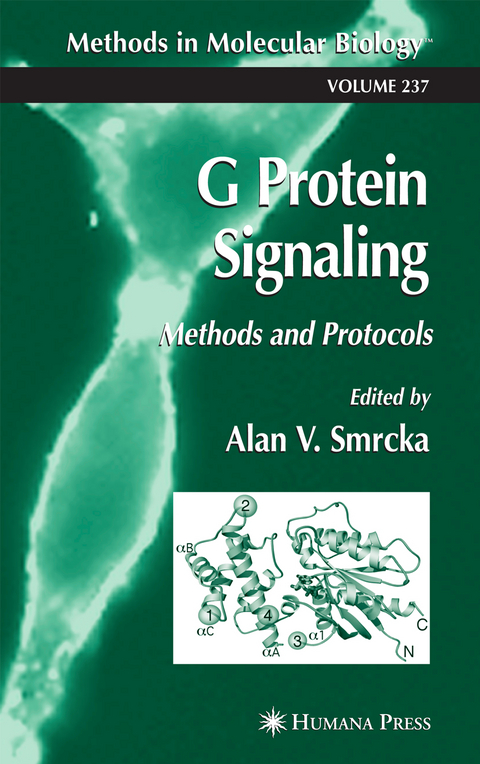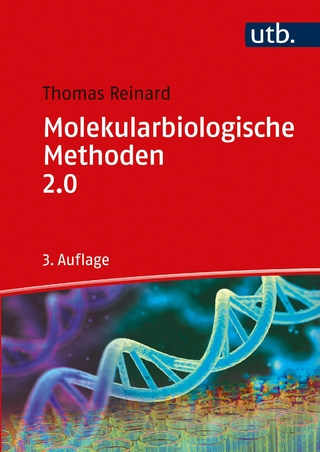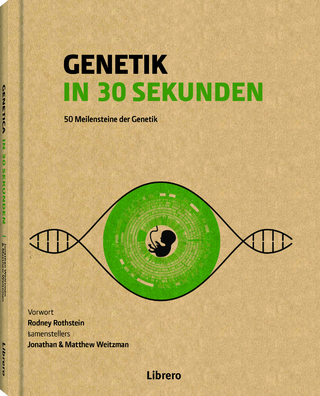
G Protein Signaling
Humana Press Inc. (Verlag)
978-1-58829-137-0 (ISBN)
Since the initial discovery of the G protein-coupled receptor system that regulates cyclicAMP production, the G protein field has rapidly expanded. Cell surface receptors that couple to heterotrimeric G proteins, the G prote- coupled receptors (GPCRs), number in the hundreds and bind to a wide div- sity of ligands including, biogenic amines (e. g. , adrenaline), lipid derivatives (e. g. , lysophosphatidic acid), peptides (e. g. , opioid peptides), proteins (e. g. , thyroid-stimulating hormone), and odorants to name a few. The GPCR system is found throughout biology in such simple organisms as yeast and in such more complex organisms as Dictyostelium discoideum (slime mold), Caen- habditis elegans (nematode worm), and of course in humans. GPCRs and their associated G protein systems are the subject of intense academic research and because of their involvement in a human biology and disease, the pharmac- tical industry has large research initiatives dedicated to the study of GPCRs. By some estimates, more than 50% of the pharmaceuticals on the market are targeted at GPCRs.
The G protein/G protein-coupled receptor system consists of a receptor (GPCR), a heterotrimeric G protein consisting of ?, ?, and ? subunits, and an effector. G protein effector molecules, such as enzymes or ion channels, respond to acti- tion by the G protein to generate second messengers or changes in membrane potential that lead to alterations in cell physiology.
Purification of G Protein Subunits and G Protein Effectors.- Purification of Recombinant G Protein ? Subunits from Escherichia coli.- Purification of G Protein Subunits from Sf9 Insect Cells Using Hexahistidine-Tagged ? and ?? Subunits.- Expression and Purification of Soluble Adenylyl Cyclase from Escherichia coli.- Purification of Phospholipase C ? and Phospholipase C ? from Sf9 Cells.- Assays for G Protein—Dependent Effector Activation In Vitro.- Assay for G Protein-Dependent Activation of Phospholipase C ? Using Purified Protein Components.- Assays of Recombinant Adenylyl Cyclases Expressed in Sf9 Cells.- Assays For G Protein-Coupled Receptor-Mediated and G Protein Subunit-Mediated Effector Activation in Intact Cells.- Measurement of G Protein-Coupled Receptor-Stimulated Phospholipase D Activity in Intact Cells.- Analysis of G Protein-Mediated Activation of Phospholipase C in Cultured Cells.- Receptor Mechanisms, Activity, and Localization.- Intensive Mutational Analysis of G Protein-Coupled Receptors in Yeast.- Green Fluorescent Protein-Tagged ?-Arrestin Translocation as a Measure of G Protein-Coupled Receptor Activation.- Detection of G Protein-Coupled Receptors by Immunofluorescence Microscopy.- Assay of G Protein-Coupled Receptor Activation of G Proteins in Native Cell Membranes Using [35S]GTP?S Binding.- Analysis of the Coupling of G12/13 to G Protein-Coupled Receptors Using a Luciferase Reporter Assay.- Disruption of Endogenous G Protein-Signaling Systems to Understand the Role of G Protein Subunits in Intact Systems.- Selective Inhibition of G Protein-Mediated Pathways Using RGS Domains.- Ribozymes as Tools for Suppression of G Protein ? Subunits.- In Vivo Adenoviral-Mediated Gene Transfer of the ?ARKct to Study the Role of G?? in ArterialRestenosis.- Posttranslational Modifications of Regulators of G Protein Signaling.- Analysis of RGS Protein Palmitoylation.- Methods for Measuring RGS Protein Phosphorylation by G Protein-Regulated Kinases.- Use of Gfp-Tagged G Proteins and Effectors in Intact Cells.- The Use of Green Fluorescent Proteins to View Association Between Phospholipase C? and G Protein Subunits in Cells.- Cellular Localization of GFP-Tagged ? Subunits.
"...a timely and useful set of protocols...a significant contribution." -Doody's Health Sciences Book Review Journal
| Erscheint lt. Verlag | 15.9.2003 |
|---|---|
| Reihe/Serie | Methods in Molecular Biology ; 237 |
| Zusatzinfo | XII, 250 p. |
| Verlagsort | Totowa, NJ |
| Sprache | englisch |
| Maße | 155 x 235 mm |
| Themenwelt | Naturwissenschaften ► Biologie ► Genetik / Molekularbiologie |
| Naturwissenschaften ► Biologie ► Mikrobiologie / Immunologie | |
| Naturwissenschaften ► Biologie ► Zellbiologie | |
| ISBN-10 | 1-58829-137-5 / 1588291375 |
| ISBN-13 | 978-1-58829-137-0 / 9781588291370 |
| Zustand | Neuware |
| Haben Sie eine Frage zum Produkt? |
aus dem Bereich


